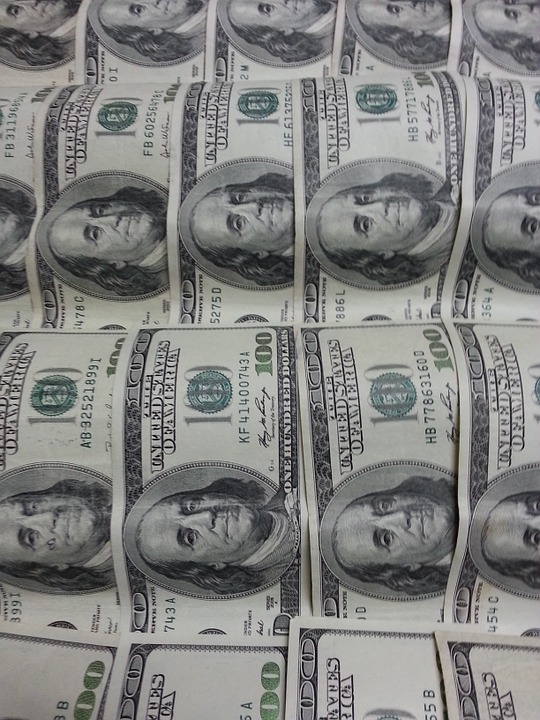Do you think a return of 56% over a period of less than two years is pretty good? How about 115%? Those are the actual returns of stocks that you could have bought less than two years ago that were selling for less than the cash per share.
What is cash per share?
In simple terms, cash per share is the amount of cash the company has sitting in the banks divided by the number of shares. So if the company has little or no debt, and you can buy the stock below the amount of cash per share, you are getting a bargain. If the company went out of business today and all the inventory and equipment and all other assets were totally worthless, you would still make a profit because the cash you would receive for each share would exceed the price you paid.
Real Life Examples of Stocks that were Selling Below Cash
Let’s get back to those real life examples mentioned in the first paragraph of this article. MEI Pharma (MEIP) is an oncology company focused on the clinical development of therapeutics to treat cancer. Back in November of 2015, the stock was selling for 1.64, yet it had cash per share of 1.70, providing a discount to investors of 3.5% to the cash. Since that time, the stock has risen to 2.57, a gain of 56.71%. Not a bad investment for less than a couple years. Then there is Support.com (SPRT), a provider of cloud-based software and services. In November 2015, it was trading at 1.09, with cash per share of 1.25, a 12.8% discount to cash. The stock is now trading for 2.35, a spectacular gain of 115.6%.
But what about companies that have a reverse split?
This is a great question. Let’s look at bebe (BEBE), the women’s clothing company, over the same time frame as the previously mentioned stocks. It was trading at a 22.6% discount to cash. Back then, the stock was trading at 0.41 per share, but the company had a 10 for 1 reverse split in December of 2016. What this meant was that for every 10 shares that you own prior to the split, you would now only have one share. So the effective cost basis of the original purchase price would be 4.10. The stock is now at 5.48, giving investors a 33.66% return. (To clarify this, assume you buy 1,000 shares at 41 cents, for a total cost of $410. The reverse split takes place, you now only have 100 shares at 5.48 or $548 total value, a gain of over 33%.)
Does the stock need to trade at a huge discount to make money?
Absolutely not. Here is a great example. GenCorp Industries (GENC) traded at a 0.1% discount to cash, actually one penny below the cash per share. The stock has gone from 10.18 to 17.95 a share, a very decent gain. But that’s not all. The stock declared a 3 for 2 stock split (what I call a “good stock split”) in July of 2016, which was effectively a 50% stock dividend. In other words, one and a half shares for every one share that you own. So the true gain on this stock from November 2015 is an incredible 76.33%.
Risks of Buying Below Cash Stocks
- Possibility that the company is what we used to call the “walking dead” and what we now call “zombies”. These are companies that will continue to stumble along, never really grow but never go out of business, and they’ll just hold on to all their cash
- Possibility that management may spend the company’s cash like a drunken sailor.
- For biotech companies, the possibility that they will burn all their cash before they come out with an FDA approved drug
Advantages of Buying Below Cash Stocks
- Provides a downside cushion for the stock price
- In the event of bankruptcy or liquidation, excellent chance of getting back more money than your investment
- Provides the company with a solid balance sheet -they can easily make payroll, buy new equipment, make acquisitions, without having to borrow
But the stock market is trading at lofty levels
Are there still stocks that can be purchased for less than cash per share? Yes, there are actually over 20 different companies with stock prices below cash per share with little or no debt. Here is just one example. The Rubicon Project (RUBI), is a Los Angeles based technology and software company. The stock recently closed at 3.70 per share, but has cash per share of 6.47, providing a discount to cash of 42.81%. The company is currently generating negative earnings, but has a very favorable price to sales ratio of 0.78 (a number below 1 is good, a number above 2 is not so good), and an excellent price to book of 0.65. Revenues have increased every year since 2012 and for the latest fiscal year, revenues jumped by about 12%. The company is debt free.
So what are some other companies selling below cash?
WStNN.com has come up with a list of almost two dozen companies that are currently trading below their cash per share, and have little or no debt. If you are interested in getting this list, just subscribe to our newsletter. We will be emailing the list in an Excel format to all subscribers who have subscribed by 11:59 pm on Friday, October 13. The list, which will be sent out the following day, will provide the following:
- Company name
- Stock ticker symbol
- Country where the company is based
- Price per share
- Cash per share
- Percentage discount to cash
- Debt, if any
However, you must subscribe by October 13 in order to get this free list. The reason why we have this short timeframe is that the information may become stale a month from now, and we want you to get timely information.
What’s the Cost to Subscribe? Nothing!!!
We charge nothing for our WStNN/Stockerblog newsletter. It is sent out between two to four times a month, so we won’t spam you, we won’t overload your mailbox every day, and we don’t sell or give away our list. (Some clown actually called me about a revenue split for selling newsletters, and he said all I had to do was give him my email list and they would take care of everything. Yeah right!)
How to Get the Below Cash Stock List for Free
Just fill in the box below. We don’t ask for a credit card number, we don’t need your phone number, and you don’t have to give us your street address. Once you submit, you will need to check your email account for a confirmation. You may need to click on the link confirming that you want to subscribe.
By the way, if you are already a subscriber, you don’t need to re-subscribe. Just remember, new subscribers need to subscribe by 11:59 pm on Friday, October 13. The list will be sent out the following day.
Thanks for subscribing and happy investing!






